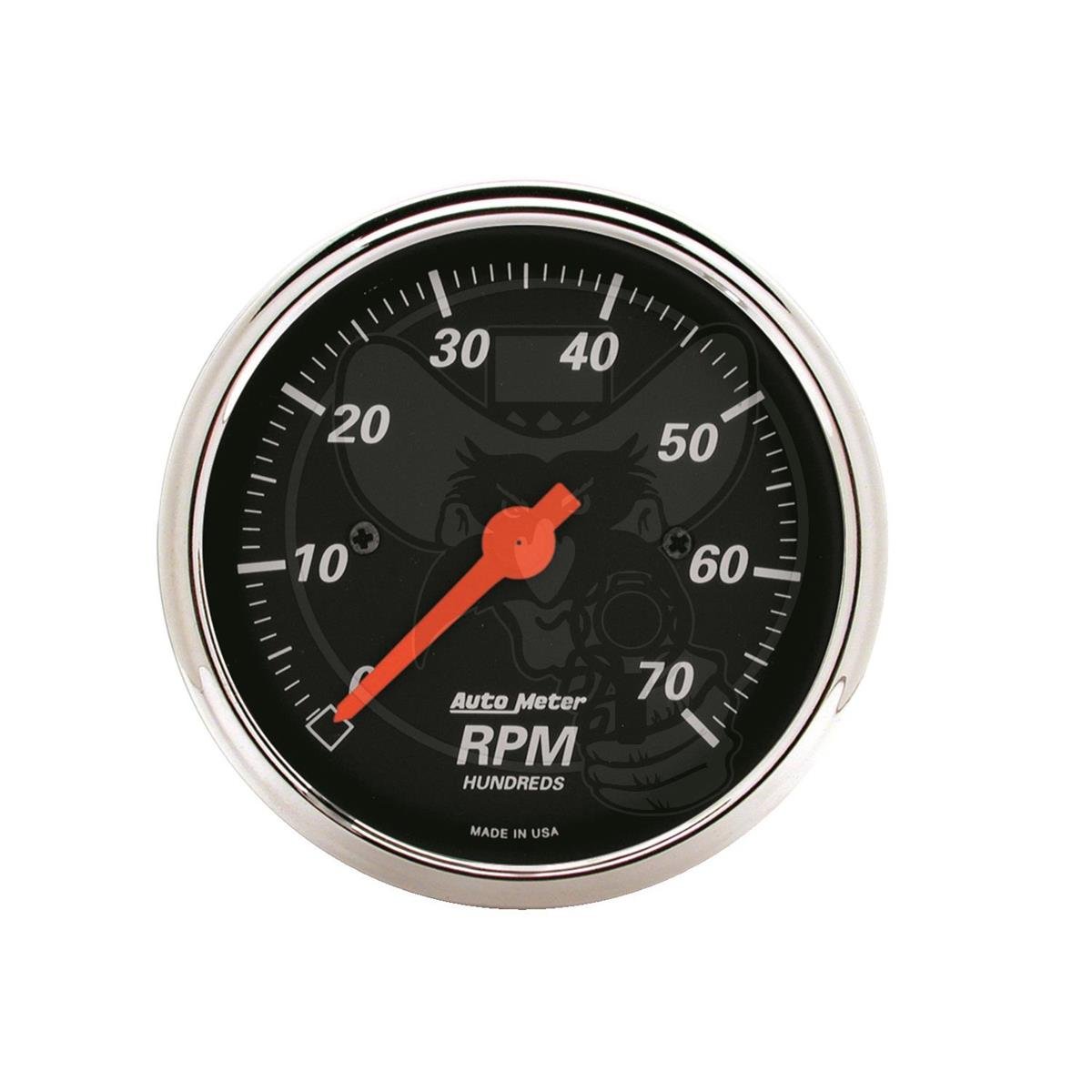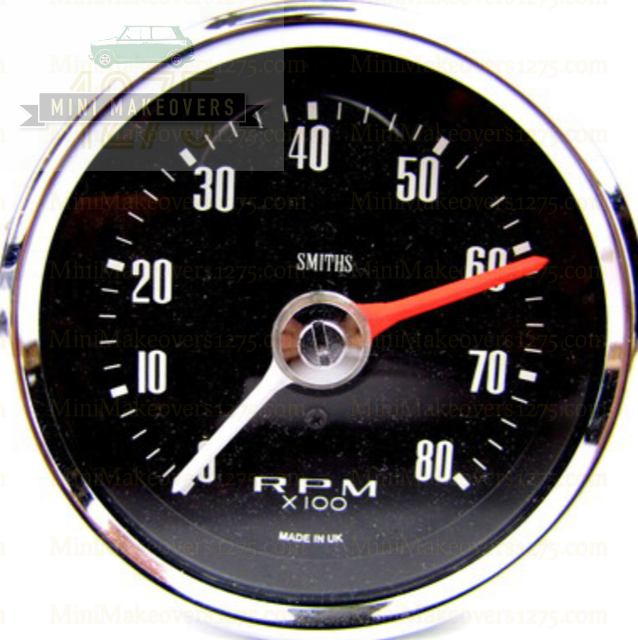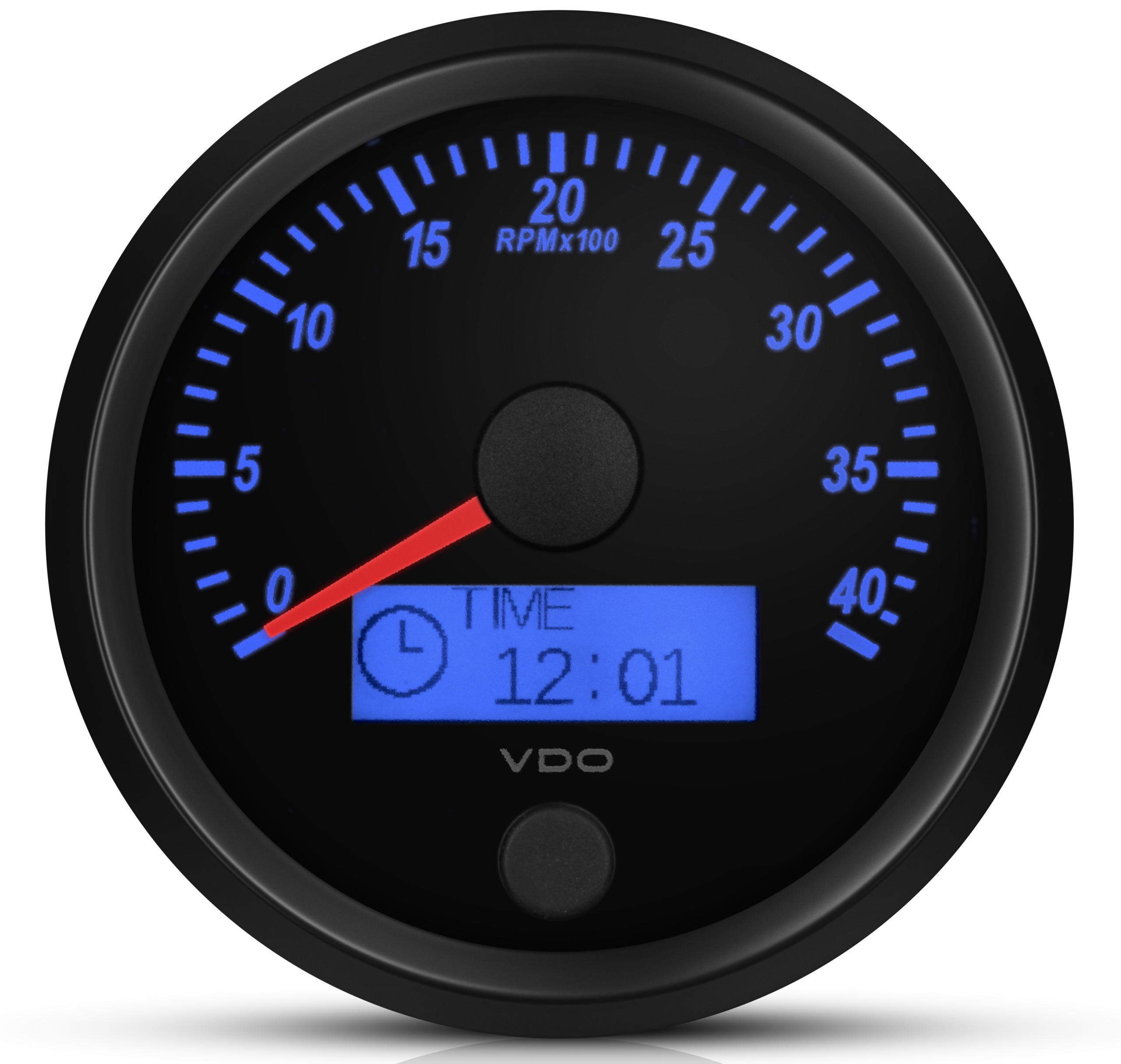The Relevance of a Tachometer in Checking Engine Rate and Performance in Automotive Applications
In the realm of automobile design, the tachometer stands as an essential tool in the motorist's arsenal, offering a straight home window into the internal operations of a car's engine. Beyond its function as a plain gauge of transformations per minute (RPM), the tachometer works as a crucial tool for lovers and professionals alike, supplying real-time understandings right into engine efficiency and health and wellness. Understanding the relevance of this device surpasses surface-level observations, diving right into the intricate connection between engine speed, power outcome, and total driving experience. As we explore the complex function of the tachometer in auto applications, a much deeper gratitude for its impact on automobile dynamics and effectiveness begins to emerge.
Significance of Checking Engine RPM
Monitoring engine RPM, or changes per minute, is a crucial facet of automotive maintenance and efficiency evaluation. Engine RPM directly correlates with the rate at which the engine's crankshaft rotates, indicating how rapidly the engine is running - tachometer. By monitoring RPM, mechanics can analyze the health and wellness of the engine, detect prospective problems, and fine-tune performance. An irregular RPM reading may indicate troubles such as engine misfires, malfunctioning ignition system, or issues with the gas distribution system. Regularly high RPM readings could indicate aggressive driving practices or the requirement for a greater equipment shift to improve fuel performance.
In addition, checking engine RPM is vital for performance evaluation in racing and high-performance lorries. Preserving optimal RPM levels is important for achieving peak power outcome and velocity. Racers usually utilize tachometers to ensure they are running within the optimal RPM range for optimum performance. In summary, monitoring engine RPM is not just essential for identifying problems but likewise for optimizing engine efficiency in different automotive applications.

Benefits of Real-Time Data
In vehicle applications, real-time information plays an important function in supplying instantaneous understandings right into the efficiency and problem of the automobile. By continually checking numerous criteria such as engine rate, temperature level, gas usage, and a lot more, real-time data provides various benefits that contribute to enhanced efficiency and safety when traveling.
Additionally, real-time information helps with efficiency optimization by giving immediate comments on driving practices and engine performance. Drivers can readjust their behavior in real-time based on this info to accomplish better fuel economic climate and prolong the lifespan of their automobile.

In addition, real-time information plays an essential helpful site duty in modern automotive diagnostics, enabling professionals to rapidly identify and deal with breakdowns. This results in minimized downtime, reduced maintenance costs, and eventually, improved total vehicle reliability and longevity (tachometer). By using the power of real-time information, automobile stakeholders can make educated decisions that favorably affect both the performance and long life of the car
Influence On Gear Shifts
Reliable equipment shifts in vehicle applications significantly influence overall performance and driving experience. The tachometer plays a vital role in maximizing gear shifts by providing real-time engine speed information to the vehicle driver. When coming close to the redline on the tachometer, it signifies the vehicle driver to upshift to avoid over-revving the engine and creating prospective damages. On the various other hand, downshifting at the right minute can aid preserve the engine in its power band, making certain receptive acceleration when needed.
Additionally, the tachometer help in achieving smoother gear shifts, specifically in hands-on transmissions. By monitoring engine rate, vehicle drivers can implement gear changes at the ideal RPM range, minimizing snagging movements and lessening endure the transmission elements. This precision in gear adjustments not only boosts driving convenience browse around this site yet likewise adds to sustain effectiveness.
Enhancing Gas Effectiveness
Provided the essential role the tachometer plays in optimizing equipment changes for efficiency and engine health and wellness, it directly contributes to making the most of fuel performance in automobile applications. By supplying real-time comments on engine speed, the tachometer aids drivers in keeping one of the most reliable RPM variety for fuel economic situation. When motorists consistently check the tachometer and change their motoring routines accordingly, they can stay clear of unnecessary fuel usage brought on by over-revving or lugging the engine.
Additionally, the tachometer helps vehicle drivers determine the most fuel-efficient equipment to be in at any kind of read this given minute, protecting against the engine from working tougher than necessary. This is especially vital during acceleration and travelling, where remaining in the right equipment can considerably influence fuel effectiveness. Furthermore, the tachometer can notify chauffeurs to prospective mechanical problems that could be adversely affecting fuel economic situation, such as a sliding clutch or a clogged air filter. Finally, the tachometer serves as an important device in boosting gas effectiveness by promoting optimal driving routines and determining areas for improvement in the car's performance.

Optimizing Engine Durability
The tachometer's function in keeping track of engine rate and performance is crucial in guaranteeing the long life of automobile engines. Checking the tachometer enables vehicle drivers to stay within the advised RPM range for their automobile, preventing unneeded pressure on the engine and prolonging its life-span.

Conclusion
To conclude, the tachometer plays an important role in keeping an eye on engine speed and efficiency in automobile applications. By giving real-time data on RPM, it enables effective equipment shifts, improved fuel effectiveness, and made the most of engine long life. This tool is necessary for maintaining ideal engine efficiency and guaranteeing the total functionality of an automobile.